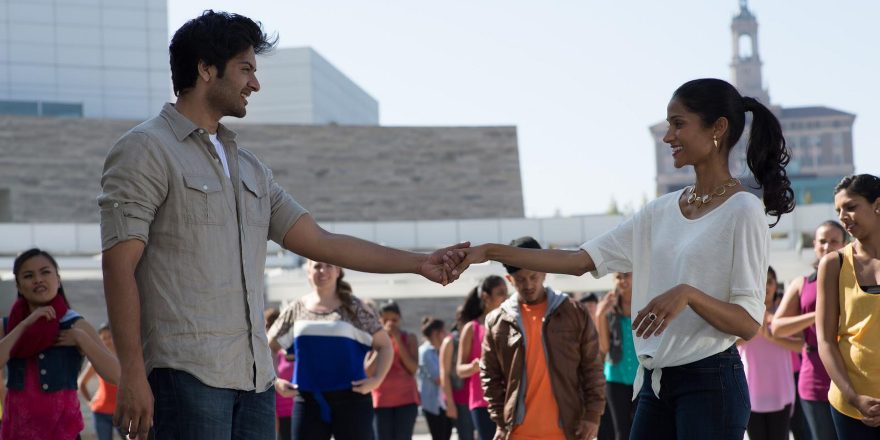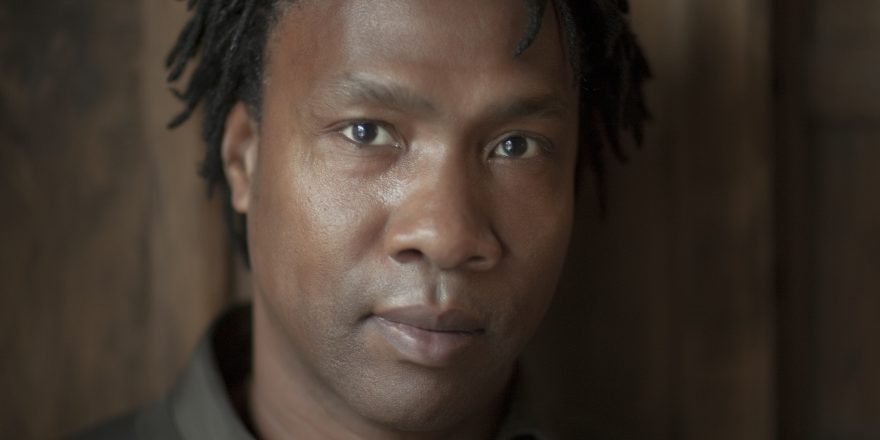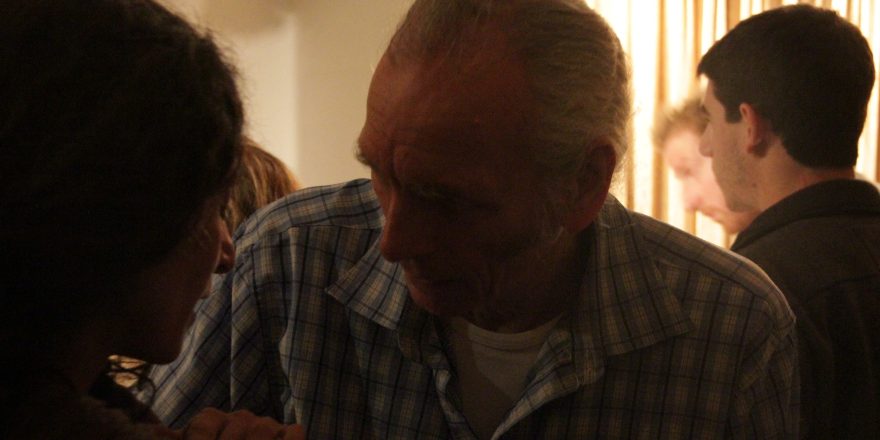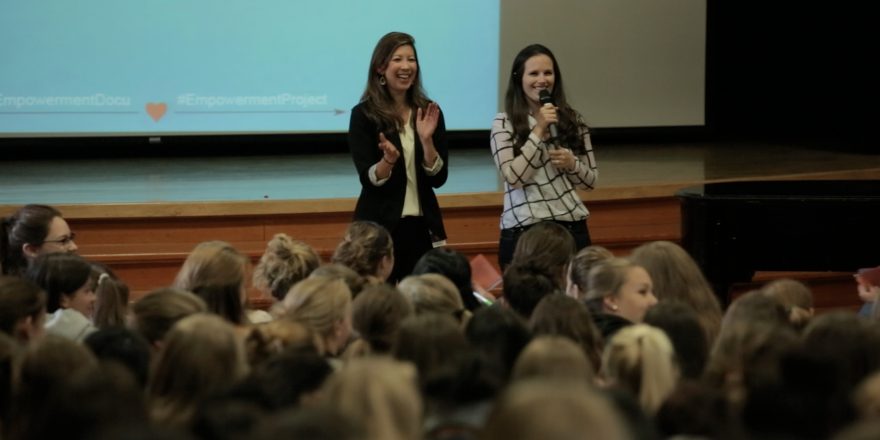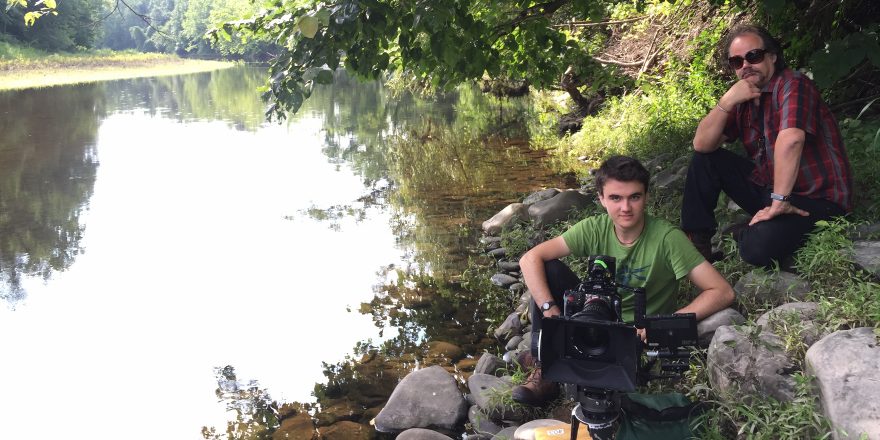My film For Here or To Go? (above), about ambitious young Indian immigrants living in Silicon Valley, is a commentary on cultural assimilation, the choice of where to call home, and ultimately what it means to be a global citizen in today’s world. As an immigrant who recently was granted U.S. citizenship after 14 years of waiting, this film was a labor of love for me. I wanted to show firsthand what an immigrant experiences at an emotional and intellectual level while trying to assimilate into a new culture and build a home away from home.
For Here or To Go? was also a grassroots entrepreneurial effort by tech workers with a passion for telling important stories with a social message. The film’s screenwriter, Rishi Bhilawadikar, and I both work as user experience designers in Silicon Valley, and many of the scenes in the film reflect our personal experiences, as well as those of friends and family.
In my job, I apply user-centered design methodologies to enhance product satisfaction by improving the usability, accessibility and pleasure provided in the interaction with that product. While making the film, I leveraged many of these design principles that I apply in my day-to-day work in the Silicon Valley startup world to create an experience that was as immersive and memorable as possible for audiences.
Making For Here or To Go? Certainly presented many tough problems. We had only limited resources to make a film with an ensemble cast, 41 locations and 32 shooting days, so it became clear that we needed to put on our design-thinking hats to ensure success.
Here are some of the ways in which we did that:
Design thinking teaches you to test and prove your concept before building it out. We applied this idea to filmmaking by creating a video that explained the concept of the film, trying to answer questions such as, “What if a feature film on this topic existed?”, and solicited anonymous comments from users. Many people responded positively and this data proved instrumental in answering the fundamental question for us: “Should this film be made?”
Designers rely on user insights to deliver a product that creates value for the end user. We approached the script similarly and worked on several iterations based on inputs from the community. We spent time interviewing several San Francisco Bay Area Indian immigrant families, young professionals and students, to capture the stories of the diaspora. Scenes which would resonate more strongly with the community were enhanced at the script stage, so diverse immigrant groups could each see reflections of their personal stories featured strongly in the slice-of-life panorama. For example, we have a scene in the film that captures the tragic wave of Sikh shootings that followed 9/11.
Once concepts are tested and user insights collected, designers create interactive prototypes to A/B test (show 2 versions of the same product) and learn which design is better. This is an iterative process that leads to the final solution. We applied this method to the film’s edit. We collected audience feedback in small settings on early versions of the edit to learn what was working. It helped us keep intact the comedic moments in the film.
Engineering and design teams are often based in different locations and different time zones. Over the years, I’ve learned it’s critical to meet in person during the final phase of a project to ensure the intended design is executed accurately. Comedic editing is an art in and of itself, and with about a third of the film’s dialogue spoken in Hindi, we knew it would be important to have an editor with an innate sensibility for the nuances of humor in the language. We sent our hard drives to Mumbai, India, into the trusted care of editor Abhijit Deshpande. After he worked on a few versions of the edit, Rishi and I traveled to Mumbai and joined Abhijit in person to craft the final edit. We then returned to California, where we completed the postproduction process. Our original score composed in the U.S. is a reflection of our cultural amalgamation between the U.S. and India and helped create a film that’s American in mind, but Indian at heart.
User-centered design methodologies proved to be a powerful tool in the filmmaking process and gave us a blueprint to deliver a successful product. We are fortunate to have received tremendous support for the film from respected business leaders in the U.S. We had backing from Brad Feld of Foundry Group and Dave McClure of 500 Startups to help release the film, and Instagram’s co-founder Mike Krieger (who’s an immigrant like Rishi and me) said, “I feel like it’s a story not just worth telling, but it’s been told now. It’s worth seeing.”
Indian immigrants remain a very small but growing minority with a disproportionately large impact on American businesses, universities and culture, and For Here or To Go? celebrates their contributions. For real change to come about at a time like this, it’s critical that we create empathy and understanding beyond diaspora audiences so we can build awareness among non-immigrant audiences as well. I believe this film will resonate with people around the world and adds a much-needed authentic perspective to the current immigration debate – because that is what we designed it to do.


